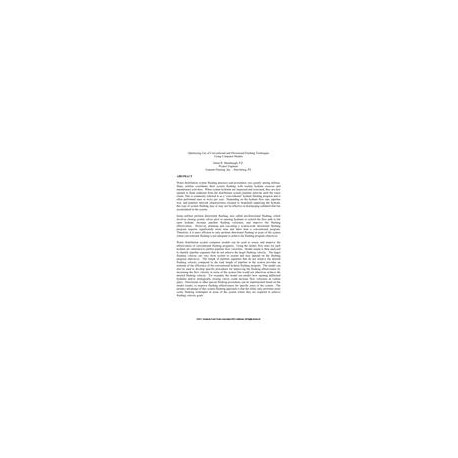Cart 0 Product Products (empty)
No products
To be determined Shipping
$0.00 Total
Product successfully added to your shopping cart
Quantity
Total
There are 0 items in your cart. There is 1 item in your cart.
Total products
Total shipping To be determined
Total
New Reduced price!  View larger
View larger
 View larger
View larger AWWA DSS60345
M00000901
New product
AWWA DSS60345 Optimizing Use of Conventional and Directional Flushing Techniques Using Computer Models
Conference Proceeding by American Water Works Association, 09/29/2004
Shambaugh, Jamie R.
In stock

